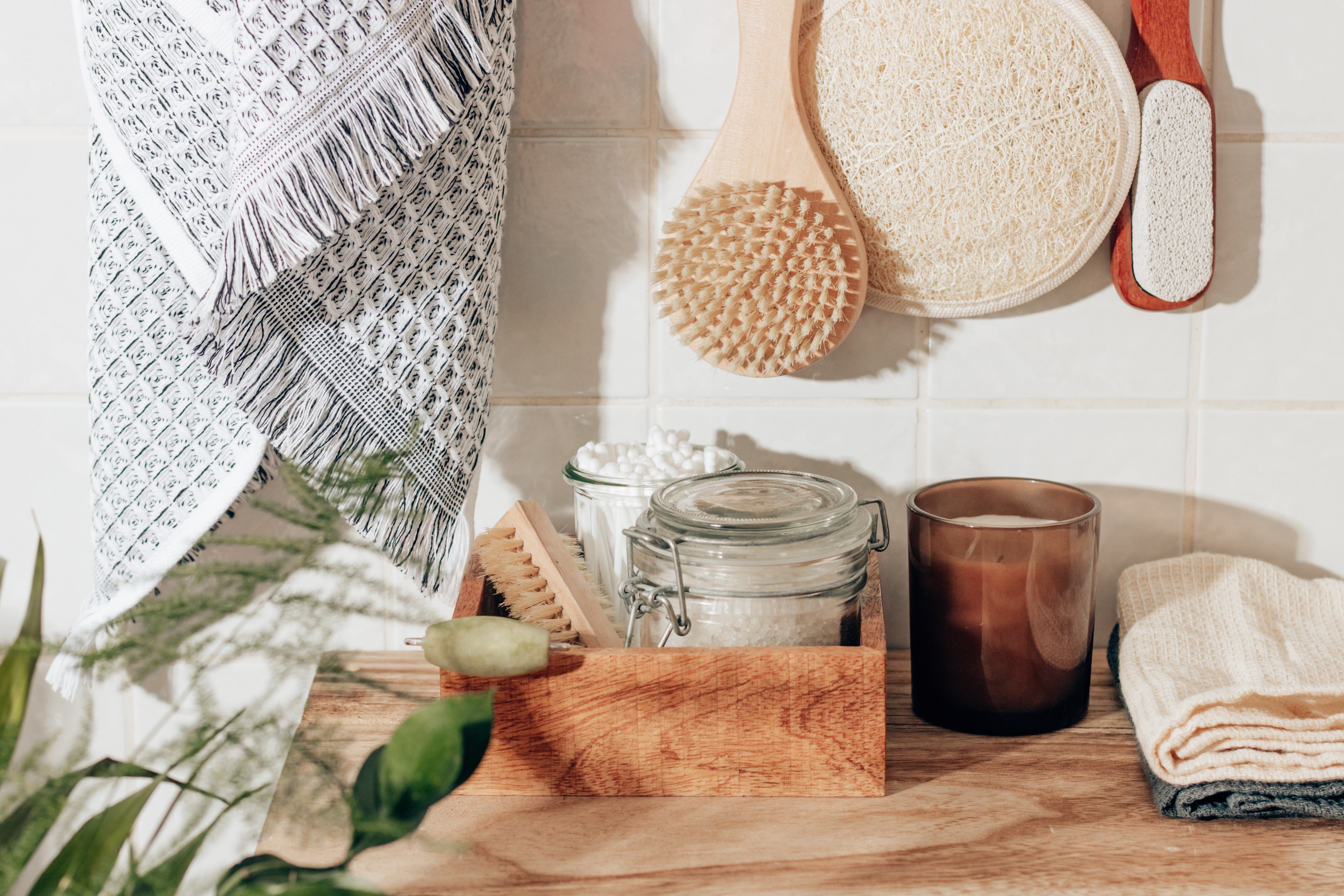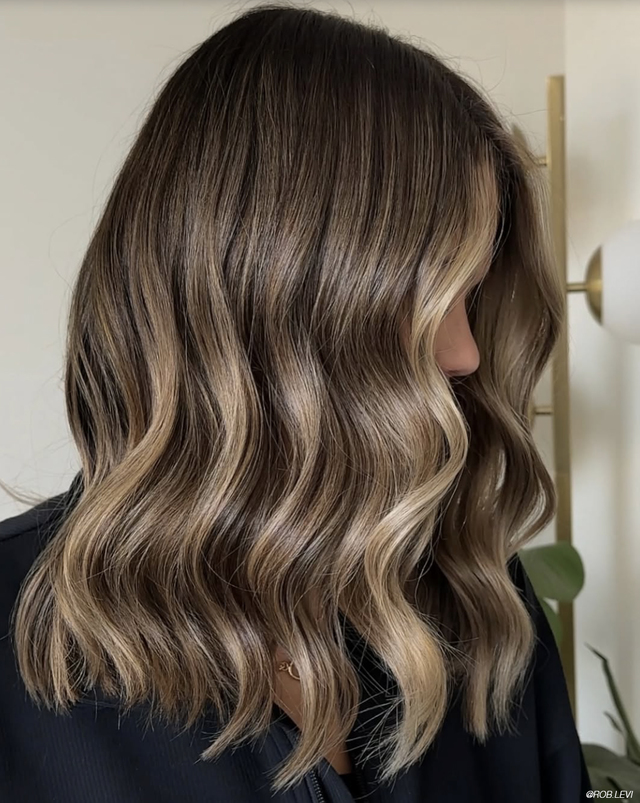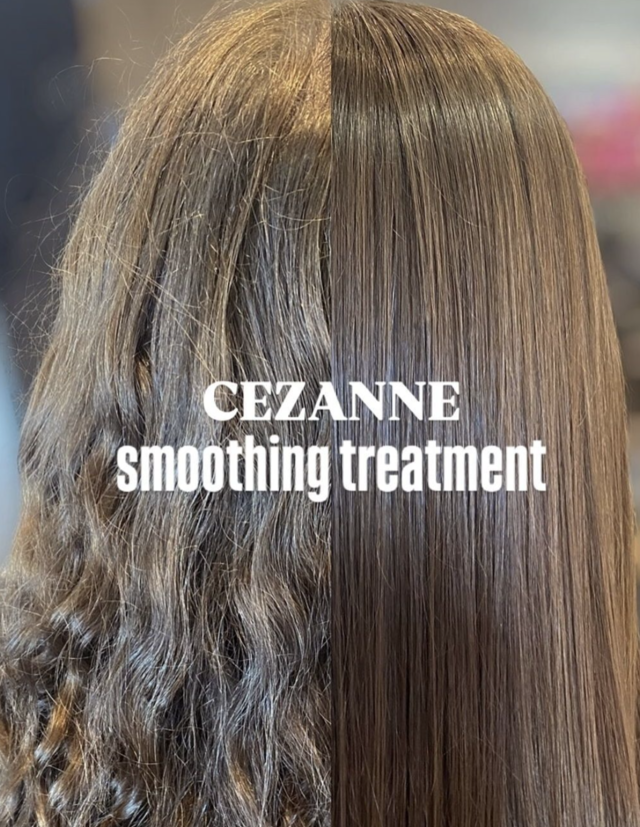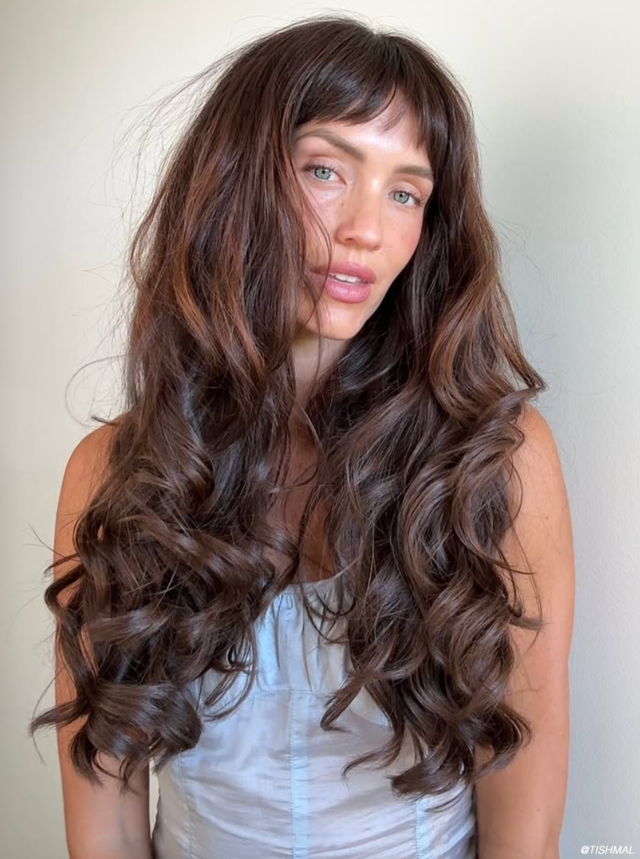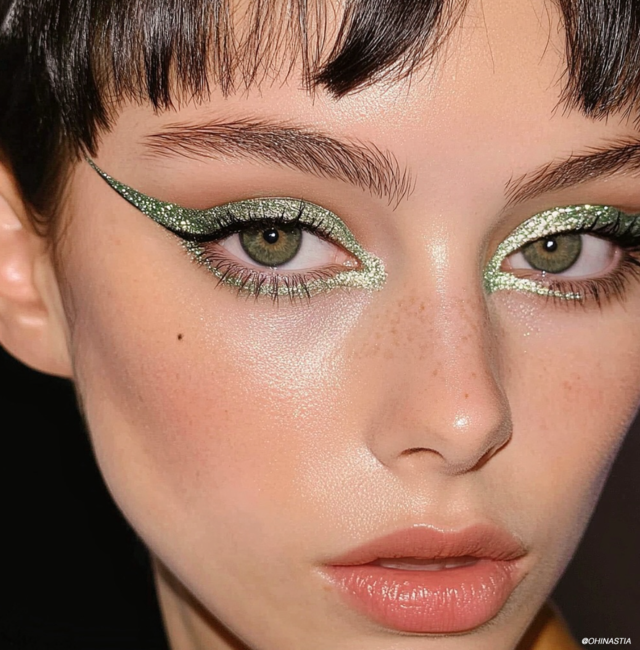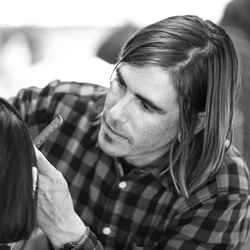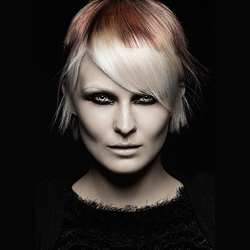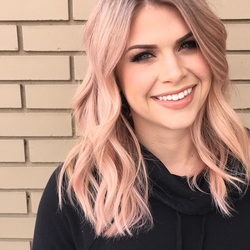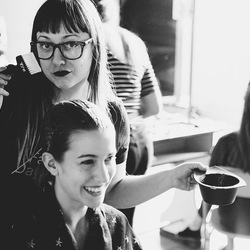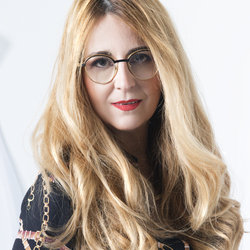Now more than ever, people are becoming increasingly aware of how their habits are impacting our environment. In the world of beauty, consumers’ demand for better, cleaner products and practices has paved the way for a huge “green” and "blue" beauty boom.
But with so many options out there, finding an environmentally friendly approach to your beauty routine can feel overwhelming. What makes a product “clean” or “sustainable?” What is “blue” beauty? And what’s the difference between “vegan” and “cruelty-free?”
If you’re looking for ways to lower your impact, but you’re not sure where to start, you’re in luck! We’ve put together some helpful tips you can start incorporating into your beauty routine right away so you can feel better about how your hair habits affect the environment and the world at large.
First, Cut Back on Waste
The beauty industry generates a staggering amount of waste every year. While plastic packaging contributes to a great deal of this waste—the industry produces as much as 76.8 billion individual plastic packaging units, according to Teen Vogue—another issue is the fact that many products come in mixed-material packages. This makes recycling complicated and, despite our efforts to dispose of packaging responsibly, much of it ends up in landfills.
While the beauty industry obviously has a waste problem, there are steps you can take to help cut back on your consumption. First, when considering whether to buy the latest trending product, ask yourself if it’s something you really need. If an Instagram ad for yet another highlighter catches your eye but you already have two or three highlighters at home, keep scrolling. Of course, there are some products that we just can’t live without. If you do purchase a new product, either because you really need it or you simply want to treat yourself, make sure to use it up before buying another. Make your favorite products last longer by using the recommend amount, like a dime-size drop of shine serum, not a huge dollop.
When the time comes to dispose of old product packaging, check to see if it’s recyclable. Look for the “chasing arrows” symbol with a number stamped inside it, which should be present on the package itself if it is recyclable. If the package is made of plastic and you see a number higher than 2, check with your local recycling program to see if they accept that type of plastic, as not all do.
Find Alternatives to Single-Use Plastic
Some companies are offering programs that allow you to bring back refillable bottles when you finish a product and need to stock up. Others offer plastic-free packaging or post-consumer recycled plastics, which helps lower the impact of new plastic production on the environment.
Other brands have taken even bigger steps in an effort to reduce waste. Sustainable beauty leader, KEVIN.MURPHY, has committed to using 100% ocean waste plastic. Ocean waste plastic packaging, or OWP, is sourced from plastic waste found in our oceans and then undergoes a sorting, cleaning, and mixing process before it is turned into bottles for the brand’s various products and haircare lines.
You Don’t Have to Deprive Yourself to Make Smarter Choices
While cutting back on frivolous routines and wasteful product purchasing practices is an important and effective way to reduce your impact, you don’t have to ditch all your favorite products and routines to feel better about your beauty habits. Beauty is something that can bring us a great deal of joy; making smarter choices doesn’t mean you have to give this up.
When choosing must-have products, consider your unique needs and habits:
- Do you tend to have parched strands and a dry scalp? Invest in a good deep conditioning hair mask that you can use once or twice a week. Look for one that’s cruelty-free and comes in sustainable packaging, if possible.
- Do you love the way a great blowout makes you feel? Check out these tips for how to safeguard your blowout so it lasts and so you can skip washes for a few days. Saving water is a great way to reduce your impact; plus, you’ll be using less of your favorite shampoo and conditioner, meaning they’ll last longer and you’ll have to buy less.
- Do you love to try out new products but never seem to finish any of them? Ask for samples to help reduce waste and the number of unused products cluttering your bathroom. Bonus points if you bring your own container!
When we look at the full scope of how the beauty industry impacts the environment, it’s easy to feel overwhelmed. But the good news is that many brands are actively taking steps to reduce their impact—and you can too. Even the smallest acts add up; with a few simple changes, you can make a significant difference.
